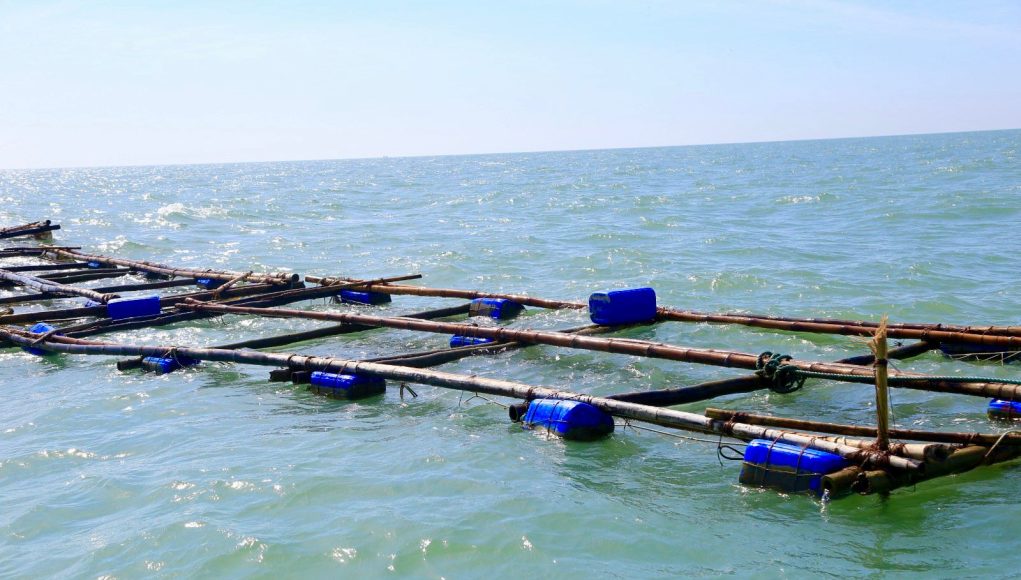Over 300 men and women in Cox’s Bazar have transformed their livelihoods by cultivating marine seaweed. This innovative practice has spread across Khurushkul Union, the Bakkhali River channel in Maheshkhali, the Nunachhari and Choufaldandi canals in Cox’s Bazar town, Saint Martin’s Island in Teknaf, and Sonarpara in Ukhiya.
The cultivation includes oysters, green mussels, and seaweed grown using bamboo rafts, plastic drums, ropes, and floating cages—a method that has proven highly successful.
A Booming Opportunity for Coastal Livelihoods
Marine researchers explain that oysters are large white shellfish, green mussels are vibrant green-colored shellfish, and seaweed is a highly nutritious marine plant.
If seaweed farming expands, coastal water bodies could become productive farming zones, boosting aquatic resource production. This would create sustainable employment for coastal communities and improve living standards. Additionally, green mussel farming could introduce a new export product for Bangladesh.
Seaweed’s Rising Demand Worldwide
Local farmers and researchers highlight that seaweed is increasingly used in hotels, restaurants, and households to make nutritious soups and other dishes. Globally, marine seaweed is widely used in producing food products, medicines, cosmetics, fertilizers, and biofuels, making it a highly sought-after commodity in international markets.
With its growing economic potential, marine aquaculture is set to reshape Bangladesh’s coastal economy, offering new opportunities for local farmers and businesses.
By Mohammad Morshed
Photo: Hussain Shetu










